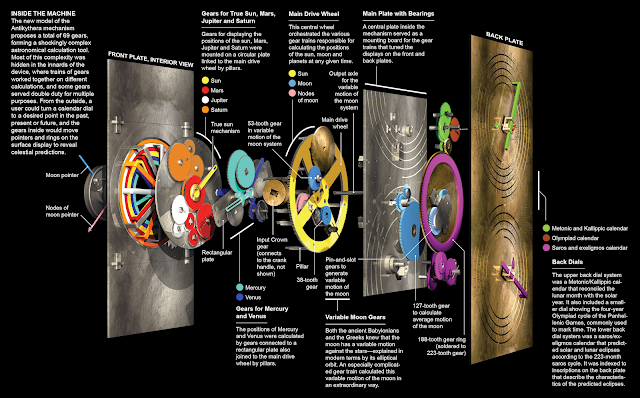The Calming Effect of Amiga Utility Disks

"I'm not sure why, but browsing through utility disks has a calming effect on me. The content selection and menus are interesting in themselves, and sometimes I even find a little hack I might include on one of the disks I release my own scene productions on. Browsing through the config files and examining the startup scripts feels like peeking at the past life of someone. It's a glimpse into the mind of a young boy, who sat down in front of his Amiga one rainy autumn day in 1989. His heart was filled with purpose and his head with hopes of making his handle known and spreading some software - possibly written by himself or someone in the very group of which he was a member. Perhaps what's so calming is the contrast this provides to fast paced SaaS apps and terabyte SSD drives. I don't know. But I do know it still gives these disks a purpose today. And I'm very happy about that." Carl Svensson https://www.datagubbe.se/utildisks/#gallery




